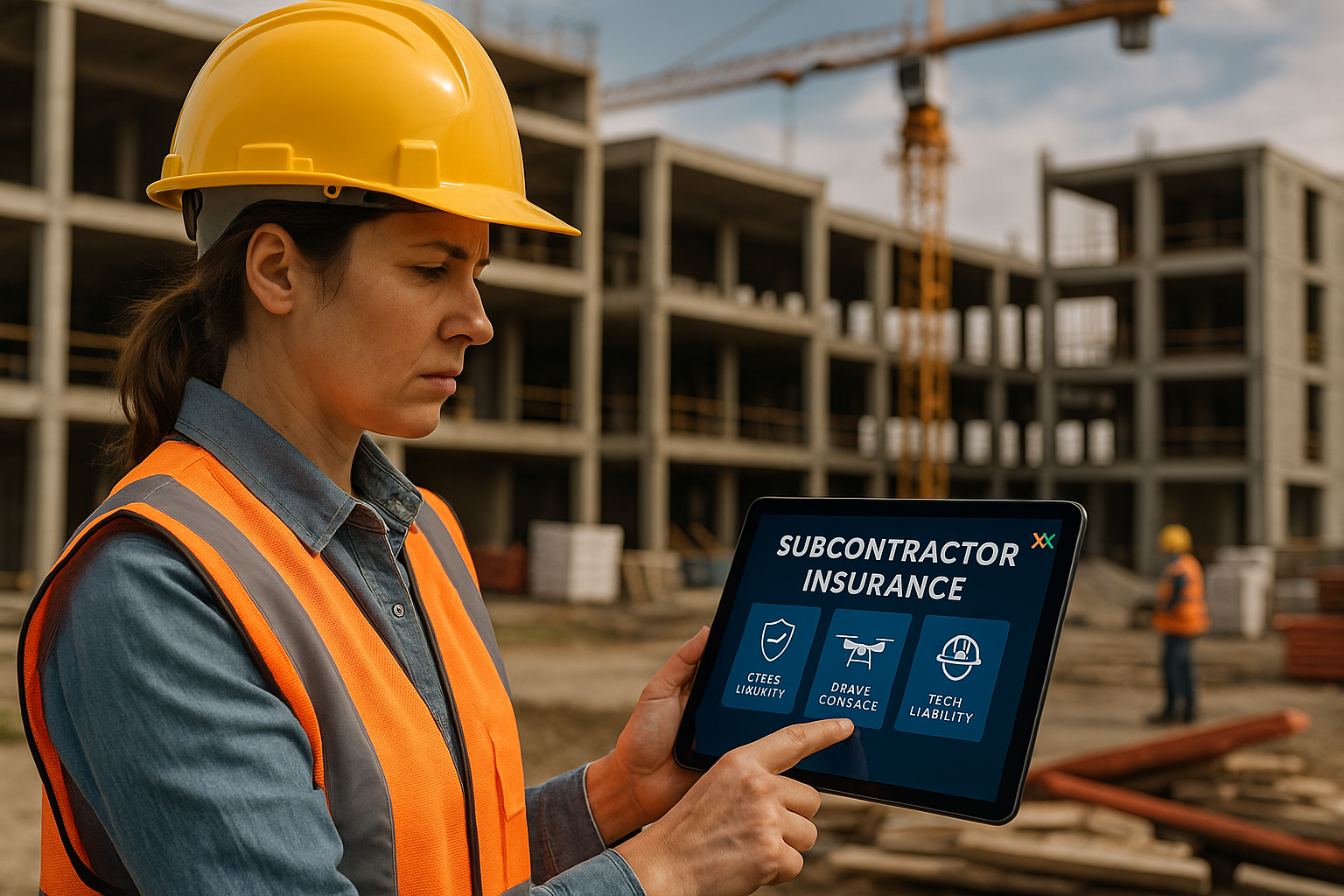Jobsite Layout Technology: Saving Steps, Time, and Rework

Whether you’re laying out walls, plumbing, ductwork, or conduit, every step counts. Jobsite layout has always been about precision, but today’s tools are transforming it into a faster, more accurate, and less labor-intensive process.
From robotic total stations to augmented reality (AR) and tablet-based visualization, sub-trades are embracing technology not just to measure—but to work smarter. Here’s a breakdown of how layout tech is evolving, and how it’s helping subs reduce rework, speed up productivity, and deliver more confidently.
Why Traditional Layout Slows Crews Down
String lines, chalk boxes, and tape measures still have their place—but they’re slow and subject to human error. Even small layout mistakes early in the project can result in expensive rework down the line. Common problems include:
- Layout drift: Multiple trades working off separate control lines can create costly clashes.
- Rechecking and remarking: Field teams spend hours confirming measurements, especially when drawings change.
- Misinterpretation: Paper plans don’t always reflect as-built reality—leading to avoidable conflicts.
Example in Action:
A commercial mechanical contractor introduced robotic layout systems paired with tablets for field visualization. Instead of relying solely on physical plans and tape measures, layout teams could see real-time plan overlays and instantly check their work. The result: a 40% reduction in rework and nearly two days saved per floor across a high-rise project.
Modern Layout Tools Worth Exploring
These tools are gaining traction across trades—and with good reason:
- Robotic total stations: Perform automated point layout from a digital model, often operated by a single crew member.
- AR/VR visualization: Use tablets or headsets to overlay models on real-world surfaces for immediate confirmation.
- Cloud-synced drawings: Ensure teams always work from the latest plans and reduce the risk of building from outdated info.
- Laser scanning: Capture as-built conditions quickly to validate layout or prep for prefabrication.
What to Watch For
Like any tech, layout tools deliver best results when implemented with planning and training:
- Keep files organized: Digital point files and plan versions need naming discipline.
- Train field teams: Even intuitive tools require practice to master and avoid misuse.
- Validate equipment daily: Check calibration and software updates to maintain accuracy.
Practical Takeaways for Sub-Trades
Thinking of bringing layout tech into your process? Start smart:
- Pilot on a smaller project to get your field team comfortable.
- Pair tech-savvy workers with layout leads to speed up learning.
- Track rework hours before and after adoption to show ROI.
- Ask GCs or design teams about compatibility—especially for model-based layout.
Final Thoughts
Layout may happen early in the job—but its impact lasts until the final inspection. By investing in smarter, more accurate layout tools, sub-trades can save time, reduce stress, and set the tone for smoother jobs.
Because on today’s sites, fewer steps on layout means fewer steps backward later.
*Brought to you by Plexxis Software: Offering software solutions for the construction industry that integrates cloud, mobile and on-premise software to improve and enhance team performance.

Chad Pearson
Sr. Start Team Leader
Share:
New From Plexxis

Beyond the Hard Hat: The Reality of Psychological Safety on the Job

Subcontractor Insurance: Are You Covered for Today’s Digital Risks?

Jobsite Layout Technology: Saving Steps, Time, and Rework

